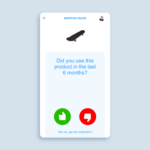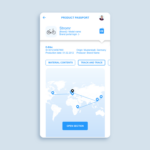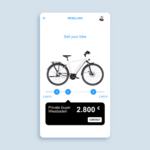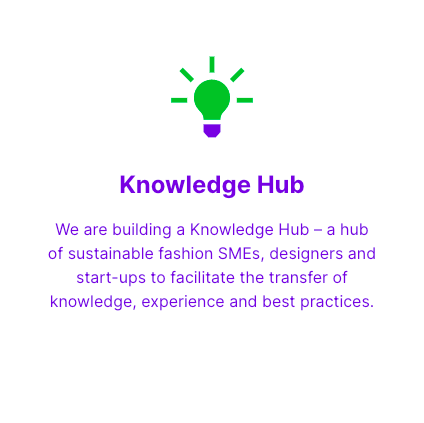Estonian Circular Design in New York City
Discover the Soul of Estonian Design: Tradition Meets the Future in Circularity and Digital Innovation
Discover the Soul of Estonian Design: Tradition Meets the Future in Circularity and Digital Innovation
Nestled in the heart of Northern Europe, Estonia has emerged as a powerhouse in the global design and digital innovation scene. Join us at Upmade in Estonia to learn how the of traditional core of minimalist philosophies of Estonian design became the cutting edge of sustainability and digital innovation.
This exclusive event is taking place for the first time in New York City, with top design leaders from Estonia in attendance who will share and discuss the roots of Estonian Design, its unique aesthetics, and its contemporary successes. You will find out why this tiny country is now recognized as having the “most unicorns per capita in Europe” and “the most start-ups per capita in Europe,” and how it became the world’s first 100% digitally transformed society. You will hear the backstory of the startup culture where products like Skype were born, and how Estonia became the world leader in digital governance, its innovative e-Residency program, and how this is revolutionizing the creative and entrepreneurial landscape.
Woola
Myceen
Reet Aus
HYTI
kelpman textile
johanna ulfsak
Piret Loog
LUKS
LAURASAKS
Cervo Volante
SILE LUIK
K i l l u d
Heiter X
NüüD
Studio Raili Keiv
Elize Hiiop Jewellery
Tarmo Luisk
LUM
Filaret
By Urmas Lüüs
Karlotta
Leonardo Design
Olustvere puidukoda / Mirjam ja Markus Pärnamets
Ideeklaas
Hannah Segerkrantz / Kiukivi
Margit Terasmees
IKIGI
Kärt Summatavet
Riina O
RAIKU Bio Packaging
Andres Ansper
DiMa Estonian Academy of Arts (Sandra Luks, Argo Tamm, Cärol Ott, Reet Aus)
HUUM
JALG
Krista Lehari Jewellery
Kristel Kuslapuu
SJX by Juhan Soomets
Maria Rästa Design
Arro Porcelain
Elmet Treier design
Read more: https://www.facebook.com/events/7407652605984775/?active_tab=discussion

The six levers designers can use to unlock the potential of circular design
“Designers come with a creative mindset and are natural storytellers – through narrative creation and visualisation they can help motivate others to take action.” Jamie Bates, Global Design Leader, Unilever
To achieve their circular economy ambitions, organisations need to leverage design systemically. Developed for designers, by designers, the adaptive strategy for circular design by The Ellen MacArthur Foundation offers six entry points for organisational transformation.
Collectively, these focus areas, based on the experiences of design leaders, help to illuminate the organisational spaces where designers can most effectively influence systemic change. Each point is supported by case studies to illustrate the different system levels at which they can be applied:
1. Observe and interpret the system
Mapping a system is to bring to the surface the different elements that constitute that system, as well as their interconnections and interdependencies. When visualising systems that relate to the circular economy, common elements include actors, activities and events, resources and information, policies and incentive structures, and the flows and relationships between them – all of which need to be viewed in the context of the whole. This process reveals the nuanced forces that influence the system in question, and surface why it might produce certain positive or negative outcomes today.
2. Envision circular futures
When people are invited to envision and experience an aspect of the circular economy, barriers fade away. Imagined scenarios can be used as common ground between people from different disciplines and backgrounds. In this way, circular futures reveal unanswered questions, further avenues to explore, and new collaborations. This stage is a powerful way to gain buy-in from stakeholders throughout your organisation or value chain.
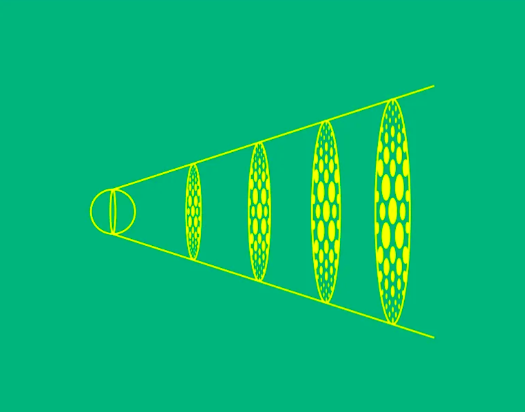
3. Create the conditions for collaboration
When it comes to circular design, the imperative is to bring diverse actors to the process and create the space for them to use their strengths to work on the intersection of issues, and support them as they discover new avenues and actions to shift the system at different scales. Successful collaborative action brings together the unique qualities, expertise, innovation and manufacturing capabilities, financial resources, and influence of an organisation, community, or individual to respond to a circular design challenge.
4. Build circular design capabilities
When considering how or where to find capabilities in circular design, organisations shouldn’t overlook the existing skills in their design and innovation teams. After all, well-trained, empowered designers helped build our current linear economy – they can help build a circular economy too, providing they are directed towards different outcomes.
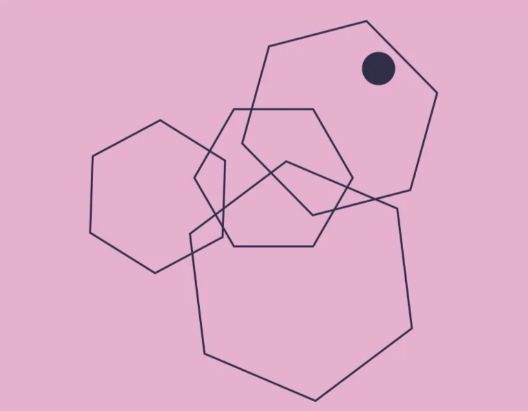
5. Rewrite the rules
At a pragmatic level, teams can use circular design guidelines to steer characteristics like material composition, durability, repairability, and interoperability. They can help reduce ambiguity and navigate trade-offs during the development of new circular products and services.
6. Develop tools to design and evaluate
Design tools encompass a broad spectrum of enablers. They can include digital services, canvases, ideation prompts, guidelines, and indicators for impact evaluation, among others. They can help teams work more creatively and collaboratively in unpacking the circular economy opportunity and aligning with strategy. Creating circular design tools requires us to always keep in mind the overall goals as well as the impact, to ensure that we design and choose the most adequate tool. What if instead of keeping track of progress against KPIs (Key Performance Indicators), highly useful for the linear economy, we redesigned this metric? For example, KVIs, standing for Key Value Indicators, which would reflect whether or not an organisation is delivering towards the circular future they envision.
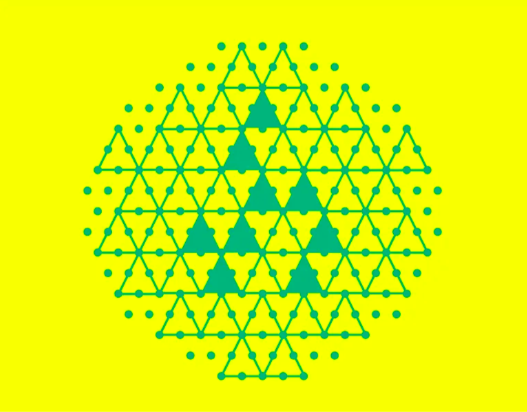
Onwards
The growing awareness of the inadequacy of downstream solutions is just one reason why designers and creatives can now see and seize the full potential of a circular economy. Many are already redesigning existing products and services so that they are fit for a circular economy. However, “circular-ready” products and services which still sit within a linear system are often limited in scope and impact. Instead, it’s vital to rethink the core ways in which organisations plan, conceive, develop, test, launch, and measure innovation.
In order to avoid patching up a flawed linear system, individuals and organisations need to both better understand how things currently operate and think more deeply about how things might function in a fundamentally different way. We need to imagine – and constantly reimagine – a circular future.
//
Article source & images: ellenmacarthurfoundation.org

Free UX design patterns for the circular economy
The customer experience in the circular economy should be just as great as experiencing the environment it protects: joyful and effortless. The Circular Experience Design aims to improve the customer experience in the circular economy. It uses proven methods of user experience design (UX), customer experience design (CX) and service design to support people with tasks that go beyond “consuming” a product.
What is Circular Experience Design?
Circular Design focuses mainly on products, materials and processes. That’s good, because that is where the heavy lifting needs to be done. But humans will also play a pivotal role in making the circular economy work. Circular Experience design addresses their new tasks and roles in a new economy.
To make the circular economy work, people need to think of a product not as as a “consumer good”, but as a service and material warehouse. They need to take care of their products better and maintain and repair them the right way. Components need to be exchanged to add new features and to extend the lifecycle.
When people increasingly use products as a service by renting or leasing, manufacturers keep ownership of their goods and have an economic interest in building them for durability and designing them for low maintenance and easy repair. Customers become “stewards” instead of owners, and they need to be supported in this new role.
Instead of selling new stuff to people periodically, brands that go circular need their customers to build long and meaningful relationships with their products. This is a game changer for marketing, but also a pivotal opportunity for brands to build continuous relationships with their customers. That relationship needs to be designed well.
At the end of life of a product, customers need to return its components and materials back into the cycle in the right way instead of wasting them. They need to be supported with this task. And they should also benefit from the value they helped to preserve.
Explore and use
The circular-experience.org library offers 72 free UX design patterns for the circular economy, helping to accelerate the adaption of circular products by customers and lower the costs for companies and experience designers developing them.
The patterns cover all stages of the circular user journey, from alternative circular offers in the purchase of products to assisting customers with repairing and reselling their products.
If you are a company offering circular products and service to customers who are having difficulties in understanding or using your service, you can contact the CIRX team directly to design solutions together.
//
Article source & images: circular-experience.org
Video: CIRX Youtube

“How To?” webinar: Circularity in Logistics
In this year’s first “How To?” webinar we will take a closer look into how circular design and sustainability can be implemented in logistics sector. We will hear from an Estonian company Bepco, offering reusable transport packaging service. Secondly, we’ll get inspired by the challenge’s and successes of a climate neutral city logistics service “Kiezkaufhaus” from Germany.
NB! The webinar recording is available here.
Date: Tuesday, January 18th 2022
Time: 3:00 – 4:30 PM (EEST) / 2:00 – 3:30 PM (CEST)
Topic: Circularity in Logistics
Speakers: Margus Ärm, Peter Post, moderated by Meelis Mikker
Language: English
Location: Zoom
Price: FREE but pre-registration is required
To whom: designers and circular economy & sustainability experts, company representatives, product developers and others interested
REGISTRATION
More information: disainikeskus.ee/news/circular-design-how-to-session-7-circularity-in-logistics
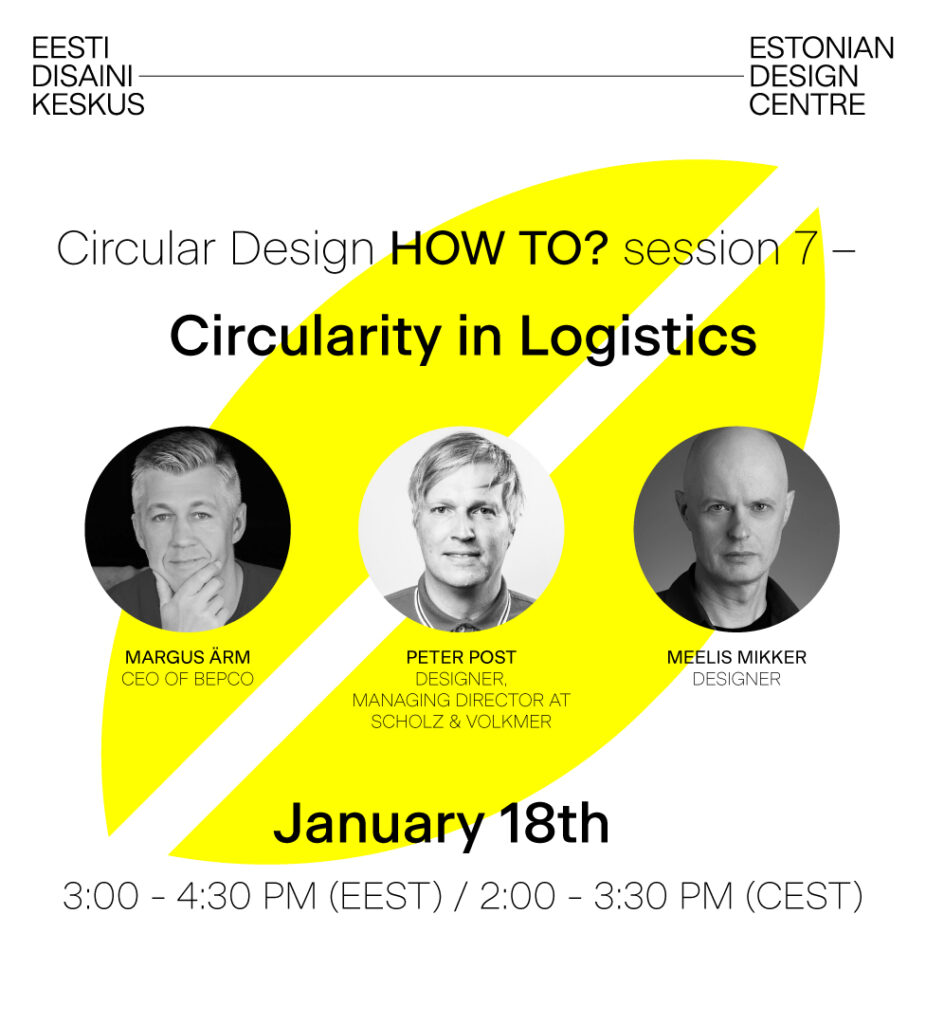

NB! As it is a fully online event, please be prepared with a smooth Internet connection! The webinar will be recorded.
Previous sessions are available here: https://disainikeskus.ee/how-to-sessions

Fashion for Change Virtual Knowledge Hub launched
Who is who in sustainable fashion? How to find a partner of trust for your startup? The new Fashion for Change Knowledge Hub will help you get in touch with them!
Mapping the sustainable fashion ecosystem
The Fashion For Change team made up of international sustainable fashion, circular economy and business development experts spent the year 2021 mapping the European sustainable fashion industry. Under the leadership of the European Sustainable Business Federation – Ecopreneur.eu, the team listed over 200 sustainable fashion companies, designers, organizations and associations from all over Europe.
The Community search tool helps any interested party to find SMEs, designers, start-ups, corporations and support organizations that are active in sustainable fashion. The aim of this tool is to give an overview of the European sustainable fashion ecosystem, stimulate networking and collaboration between stakeholders and provide an opportunity to create partnerships.
Find out your company’s circular economy potential and complete the circle
Fashion For Change together with Estonian Academy of Arts soon will add a circularity self-assessment tool for fashion companies to check their business models’ compliance with circular economy principles.
This tool enables businesses to evaluate several circularity and sustainability areas including business and technical readiness. It will help identify elements that need to be improved to turn the business model from linear to circular. The tool will be available on Fashion For Change Knowledge Hub in January 2022.
The Fashion For Change project will offer a 48-hour designathon for problem solving and a 6-month long Growth Programme for bringing the ideas into life. In addition, it will offer financial support and mentorship for motivated and innovative businesses who want to implement circular business models.
The Fashion For Change open call will be launched in January 2022. For updates follow them on Facebook.
//
Article source: fashionforchange.eu

Recyclability by Design guidelines for plastic packaging
RECOUP, a member based plastics recycling organisation working across the plastic supply chain to promote good practice, provide information and aid the sustainable development of UK plastics recycling, has published Recyclability by Design guidelines to help the industry understand the full technicalities of plastic packaging recyclability.
The full technical version of Recyclability by Design provides details on how to recycle plastic packaging, including sustainable alternatives for some of the issues encountered with the various polymers and packaging types.
For the Summary version and the “Design Tips” version – visit the RECOUP reports page to download.
//
News and photo credits: recoup.org

Designing our circular future: A joint white paper from Denmark
What if waste was never created in the first place? What if the economy was built on using things rather than using them up? What if we could not only protect but actively improve the environment? As part of shared initiatives within the circular economy agenda, BLOXHUB, Danish Architecture Center, Danish Design Centre and Creative Denmark present a new white paper. Not only to address the above questions, but to also add a fourth: what if we designed an irresistible circular society where circularity is a clearcut choice – both in business models and for end consumers?
“The need for a circular economy is becoming so obvious, there is no need to argue about it anymore. Instead, our focus can be dedicated on how to prepare for success and develop solutions that work,” states Torben Klitgaard, CEO of BLOXHUB.
Based on the three pioneering principles for a circular economy put forward by the Ellen MacArthur Foundation, the paper showcases Danish creative and innovative solutions that (1) design out waste and pollution, (2) keep products and materials in use and (3) regenerate natural systems.
The white paper is divided into three main sections, with examples intended to enrich and inspire with creative solutions for design, buildings, production methods and circular business models:
- Resource loops and zero waste
- City(nature), resilience and biodiversity
- Social values and communities
As Christian Bason, CEO of Danish Design Center writes in his contribution to the paper: “This story of a circular society may sound utopian, perhaps even naive. Maybe it sounds like a dream. But it is a fundamental truth in our world that the future must be imagined before it can be created. That is the power of design. Or, more precisely, that is the power of speculative design that thrives on imagination and aims to open up new perspectives on the wicked problems of our time.”
Read & download the document HERE.
//
Article & image source: danskdesigncenter.dk, creativedenmark.com

Herman Miller increases use of ocean-bound plastic with Aeron Chair
Herman Miller announced that its entire portfolio of Aeron Chairs will contain ocean-bound plastic, including a new color, Onyx Ultra Matte, which contains up to 2.5 pounds (1.13 kg) of mismanaged waste found near waterways per chair. These material changes in the Aeron Portfolio specifically are projected to save the ocean from over 150 tons of plastic annually – equal to approximately 15 million single-use plastic water bottles.
Aeron is the latest in a growing list of products Herman Miller has reengineered using ocean-bound plastic. The effort also includes parts of the recently launched OE1 Workplace Collection, the Sayl Chair in Europe, utility trays as part of pedestal units, and its latest textile collection, Revenio which is made of 100% recycled materials and includes biodegradable polyester. The company is also reducing its footprint by adding ocean-bound plastic to returnable shipping crates that send seating parts to and from suppliers and poly bags used to keep products safe during transit.
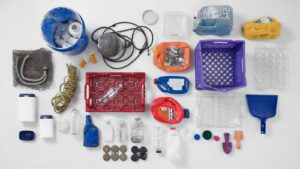
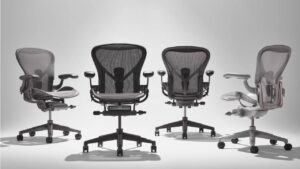
By integrating ocean-bound plastic into all these products and packaging solutions, Herman Miller estimates to divert up to 234 metric tons of plastic from the ocean annually, equal to preventing close to 400,000 milk jugs or up to 23 million plastic bottles from entering the ocean annually.
More about the next generation Aeron Chairs here.
//
News source: hermanmiller.com, nextwaveplastics.org

The Jeans Redesign updated guidelines now published
The Jeans Redesign guidelines encourage leading brands, mills, and manufacturers to transform the way jeans are made. Based on the principles of a circular economy, they’re a blueprint for collective action to scale circular practices. To take part in the project, participants must specify how their jeans or fabric meet The Jeans Redesign Guidelines, and how they intend to accelerate progress against the Guidelines beyond the minimum requirements set out.
In February 2019, Ellen MacArthur Foundation’s Make Fashion Circular brought together a group of industry experts in an intensive workshop, to collaboratively test and further develop a common vision of what good looks like for jeans. The result of this work is a set of Guidelines, co-developed with representatives from brands, manufacturers, fabric mills, collectors, recyclers, and academics, that define a starting point for the industry to design and produce jeans in accordance with the principles of a circular economy.
The first version of The Jeans Redesign Guidelines – published in July 2019 – was based on four areas: durability, material health, recyclability, and traceability and saw over 70 organisations create jeans in line with the principles of a circular economy.
The second version of the Guidelines has been aligned with the three focus areas of the vision of a circular economy for fashion, published in 2020 by the Ellen MacArthur Foundation with input from leading organisations across the fashion industry. Based on the three focus areas, jeans are designed to be used more, made to be made again, and made from safe and recycled or renewable inputs.
They’re a ‘minimum bar’, designed to be regularly reviewed and updated to ensure they continue to drive the industry forward. The first redesigned jeans using the guidelines were completed in June 2021, demonstrating that it is possible to create circular jeans today.
The Guidelines were updated in 2021, and all participants should now be working towards these. The Jeans Redesign – Insights from the first two years, reveals the barriers, solutions and innovation gaps faced by participants between March 2019 and June 2021.
Creating solutions for a world where clothes are kept in use
For decades, jeans have been at the heart of countless fashion collections. However, they’re no exception to the fashion industry’s take-make-waste approach. Making jeans requires large amounts of resources, such as pesticides, water, and energy, and the way they’re designed and constructed makes jeans difficult to remake and recycle after use.
Redesigning this iconic fashion staple is the perfect starting point on the journey towards a circular economy for fashion.
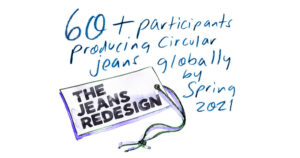
Download The Jeans Redesign Guidelines
Download The Jeans Redesign Report 2019-2021
//
Article source: ellenmacarthurfoundation.org

RAIKU sustainable packaging to win global business award
Estonian company RAIKU received the grand prize at Creative Business Cup Global 2020 for its sustainable packagings made of a patented compostable wooden fabric to replace bubble wrap.
About 40% of the wood in veneer production is leftovers, in other words – waste – and gets burned. RAIKU has a patented solution to substitute plastic bubble wrap using wood and wood industry’s waste. Their wooden fabric is structurally protective for shipments, affordable compared to current plastic and eco alternatives, as well as biodegradable.
“Raiku’s business concept solves the waste problem in all of its production and consumer chains and is thus fully sustainable. These kind of solutions are exactly what the market needs,” commented Rasmus Wiinstedt Tscherning, founder and Managing Director of of Creative Business Cup.
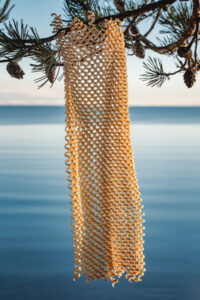
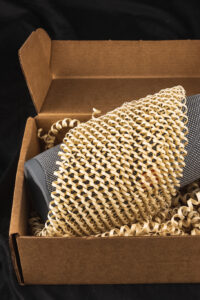
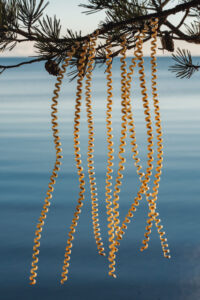
News source: Loov Eesti and raiku.co.




